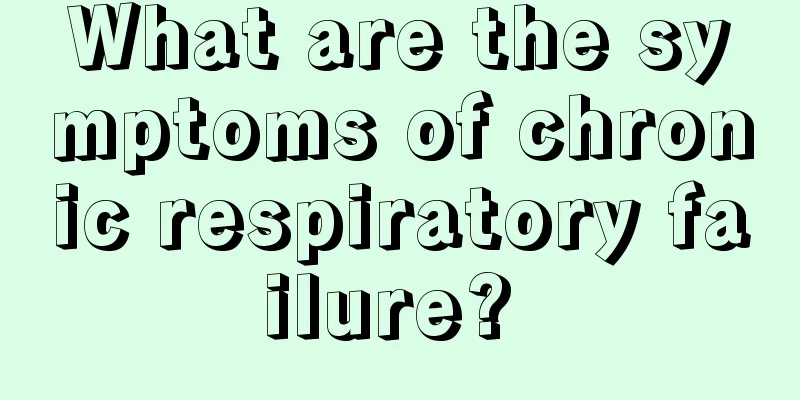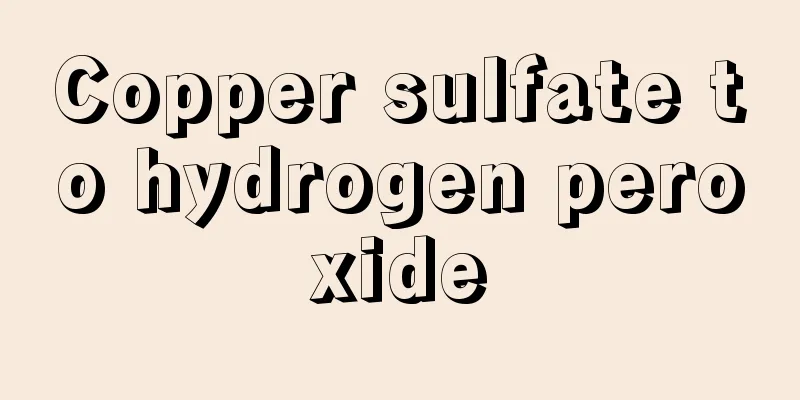How to treat necrotizing pancreatitis

|
Necrotizing pancreatitis is a type of acute pancreatitis, which usually leads to large-scale necrosis of fat blood vessels, causing edema or enlargement of pancreatic tissue. Therefore, the treatment of this disease should be based on correct methods, including non-surgical and surgical treatments. 1. Non-surgical treatment When the diagnosis is clear, the clinical manifestations are not serious, and there is no infection in the necrotic pancreas and its surrounding tissues, active conservative treatment can be adopted first. (1) Fasting and continuous gastrointestinal decompression. (2) Replenish blood volume and pay attention to correcting water and electrolyte disorders and maintaining acid-base balance. (3) Application of enzyme inhibitors, etc. Atropine, 5-fluorouracil, and peptidase can be used. When conditions permit, somatostatin and its analogues can be used. (4) Nutritional support: Apply total parenteral nutrition and appropriate calcium supplementation. Those with high blood sugar should take insulin. (5) Use effective antibiotics to prevent the occurrence or development of infection. (6) Peritoneal lavage? Used in the early stages of severe pancreatitis. Methods: A peritoneal dialysis tube was inserted through a hole 2 fingers above the navel to the level of the pancreas, and an outflow tube was inserted below the navel to the lowest position of the abdominal cavity. 1000 ml of peritoneal dialysis fluid was infused through the inlet tube within 15 minutes. The outflow tube was opened after clamping the tube for 30 minutes until the peritoneal lavage fluid was free of turbidity and the amylase test was normal. 2. Surgery (1) Indications: ① The diagnosis of necrotizing pancreatitis is not yet clear, and other acute abdominal diseases requiring surgical treatment cannot be ruled out. ② Patients with hemorrhagic necrotizing pancreatitis who do not show significant clinical improvement after non-surgical treatment or who develop secondary pancreatic and peripancreatic infections. ③Bile-induced pancreatitis, such as pancreatitis caused by ascaris burrowing into the pancreatic duct or common bile duct stones. (2) Surgical methods: ① Drainage: The gastrocolic ligament and pancreatic capsule are cut open, and multiple drainage tubes are inserted into the omental sac and abdominal cavity. ② Necrotic tissue removal: Fully incise the pancreatic capsule, remove the pancreatic and peripancreatic necrotic tissue, and place multiple drainage devices in the abdominal cavity. ③ Regular pancreatic resection: For patients with localized pancreatic necrosis, regular pancreatic tail or neck resection can be performed, and drainage can be placed in the pancreatic resection area. ④ Additional surgery: biliary drainage, jejunal nutritional stoma or gastrostomy. |
<<: What are the hazards of mites
>>: How to moisturize lips more effectively
Recommend
Where should I scrape for a cold and headache
Colds are common in life and can happen to anyone...
The World Health Organization calls for: Stop using electric kettles, otherwise it will induce cancer? The truth is here!
As a doctor, in my daily diagnosis and treatment,...
The main clinical symptoms of melanoma
What are the main clinical symptoms of melanoma? ...
What is the difference between a thorn monkey and a flat wart
There is no difference between warts and flat war...
I woke up in the morning with a bit of chest pain
In our impression, when we wake up every morning,...
What's wrong with the body being bloated
Puffiness is a problem that many people have. Gen...
What causes gastroptosis?
Many people have experienced gastroptosis in thei...
How to clean a refrigerator
Now every family has a refrigerator, and the refr...
What are the 100 wonderful uses of Fengyoujing?
Fengyoujing, also known as Qingliangyou, is a pop...
What are the methods for self-examination of coccyx injuries?
In life, many people tend to ignore the symptoms ...
What happens if you eat too many grilled oysters
The taste of grilled oysters is so delicious that...
Grapefruit passion fruit tea
Grapefruit and passion fruit are both recognized ...
How to use an electric toothbrush?
Electric toothbrushes are no longer a novel produ...
Can the cervical spine cause chest pain?
If cervical spondylosis occurs in a person, it wi...
How to make your hair thicker, four solutions
Not everyone is born with black and shiny hair, a...









